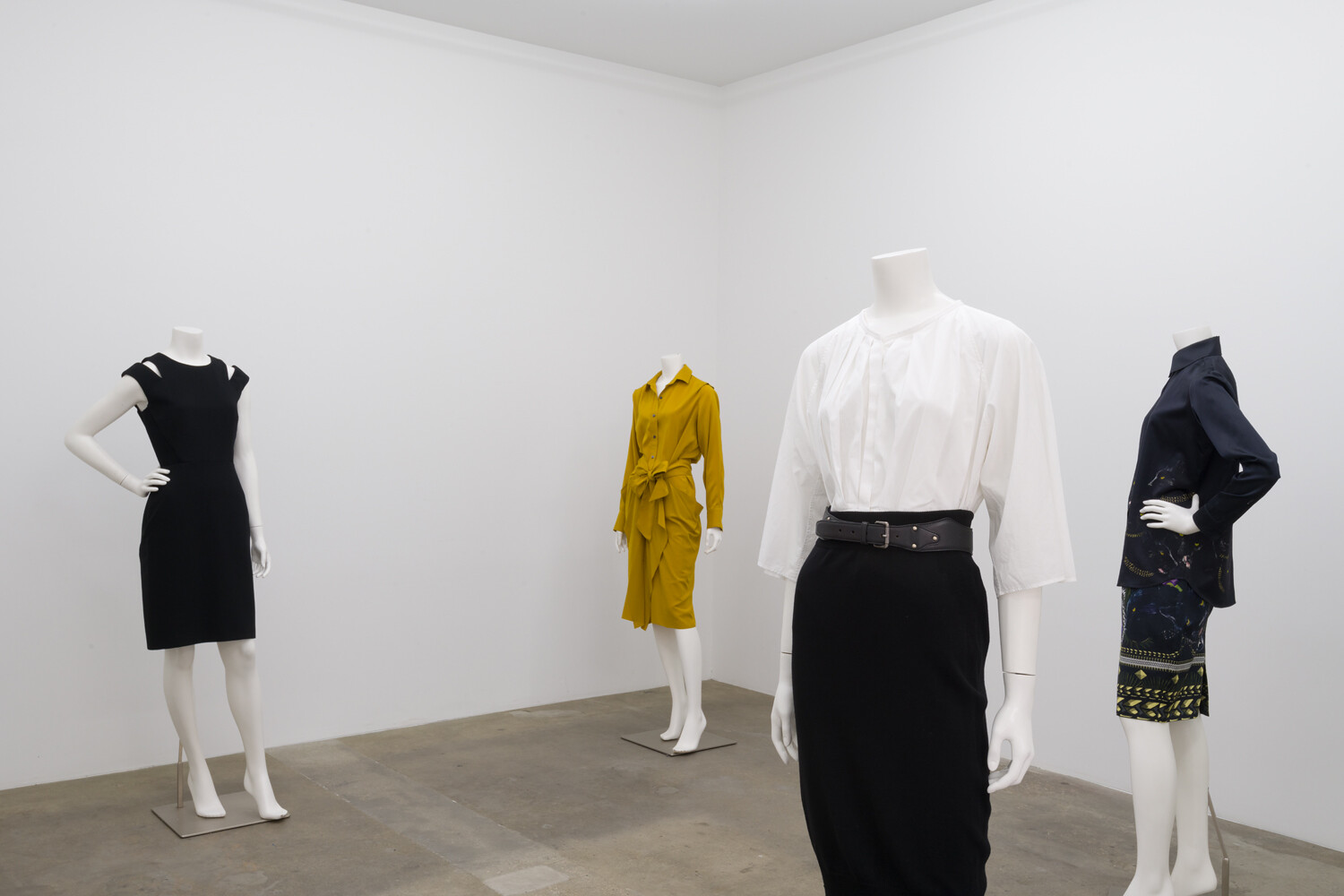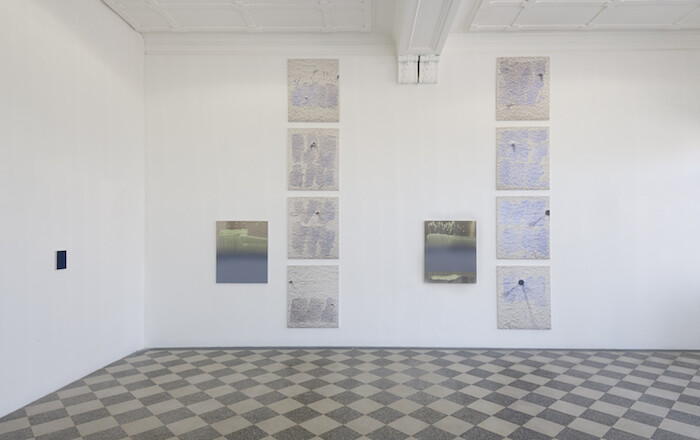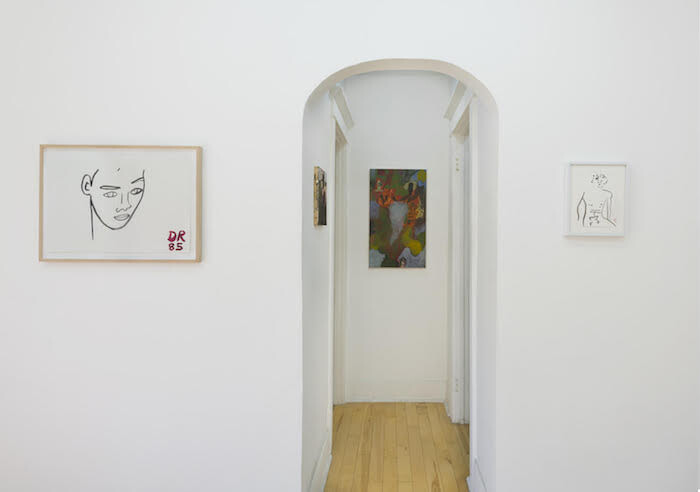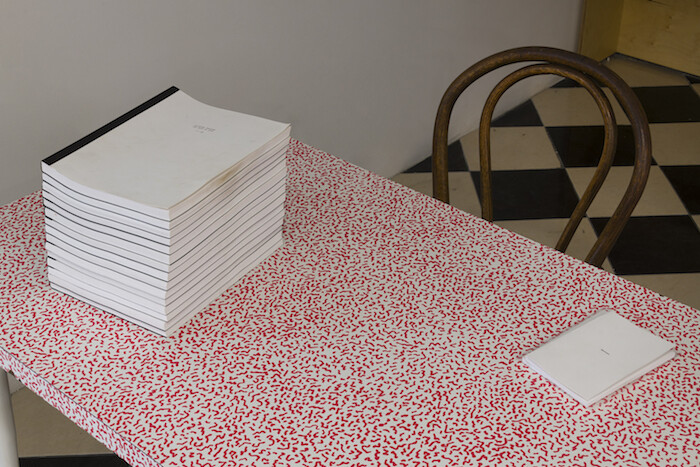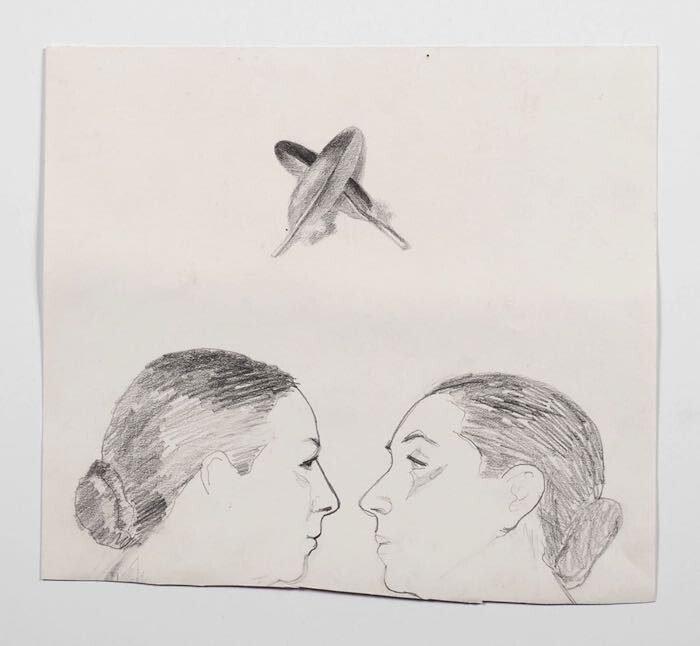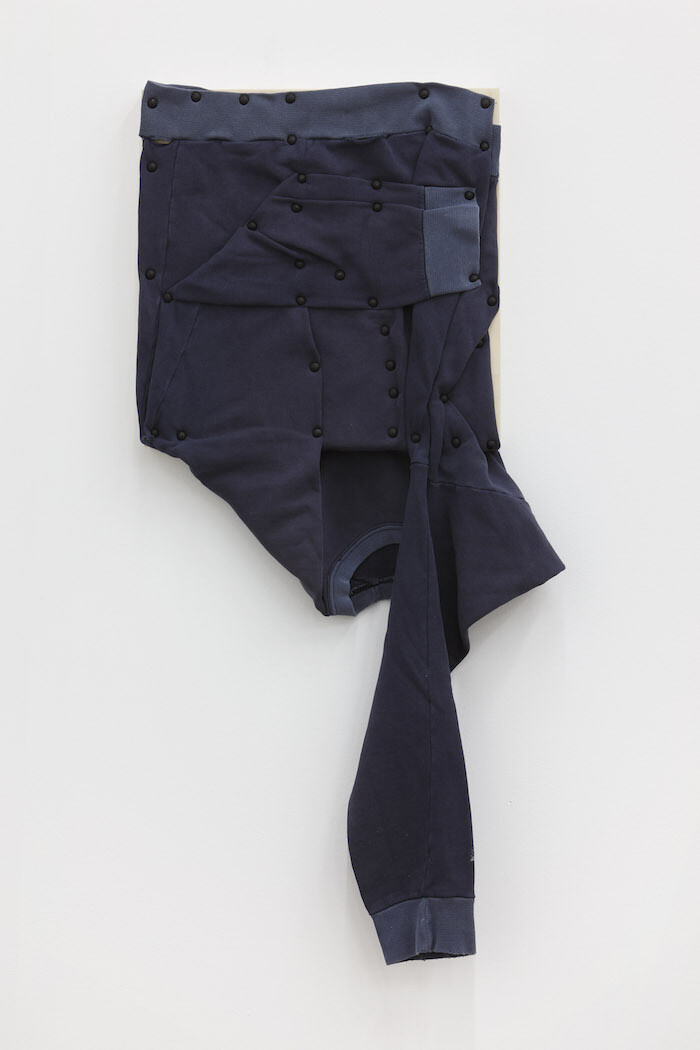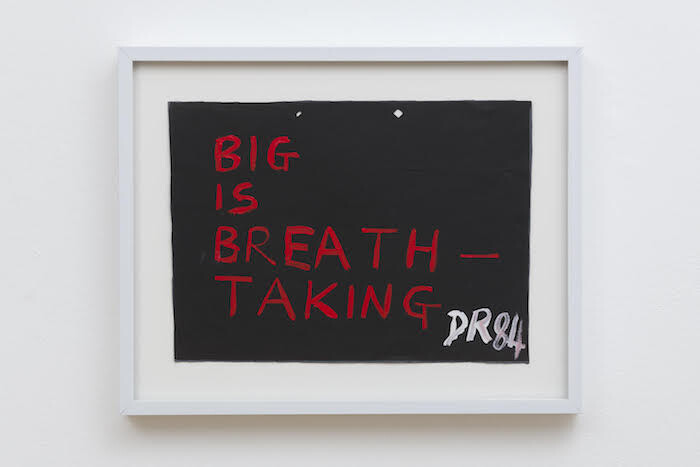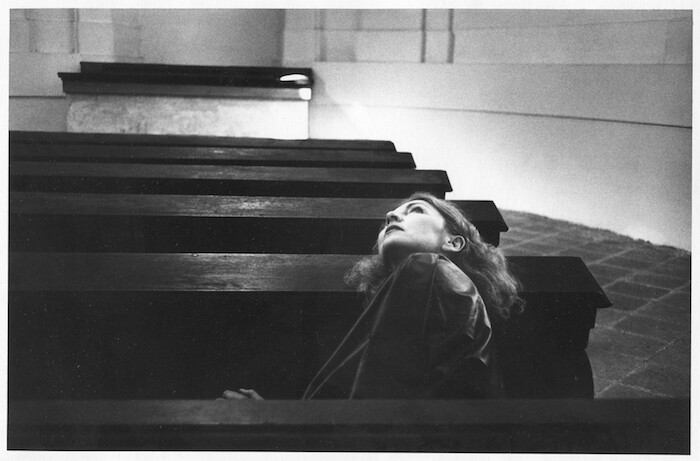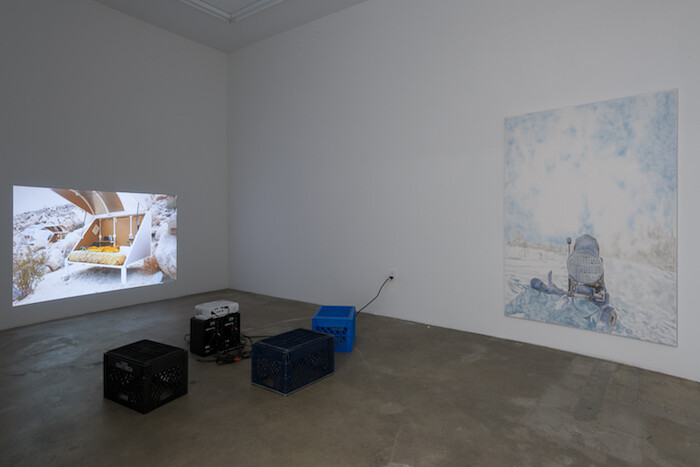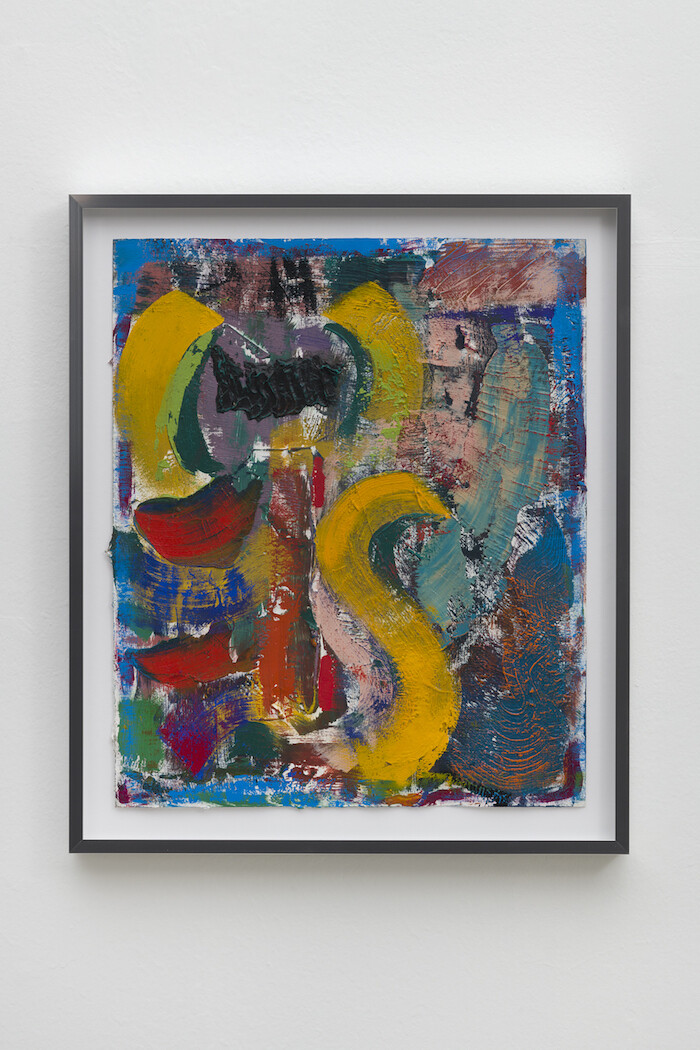Park View/Paul Soto, Los Angeles
Kristina Kite Gallery, Los Angeles
March 4–31, 2018
At least Condo, in London and New York (and soon also Mexico City and São Paulo), and Okey-Dokey, in Düsseldorf and Cologne, had snappy names and branding. The latest manifestation of the increasingly popular gallery share model, hosted by three Los Angeles galleries, does not have a name. Its program, in which eight international galleries and one peripatetic “off-space” have descended on Hannah Hoffman Gallery, Kristina Kite Gallery, and Park View/Paul Soto for the month of March, seems to have evolved very organically. One might even call it ad hoc.
Such a low-key approach may not necessarily be such a bad thing, indeed might even amount to an ideological and/or aesthetic stance, except that it also conveys the impression that nobody involved really expected anyone to talk about it much, or—especially—to write about it.
So, why am I? Firstly, because the endeavor occasioned the display of some very good art, much of it previously unknown to me. And because gallery shares are a format that is becoming increasingly common, and will only get better if we take them seriously, critically. Also because such declarations of international allegiance between galleries are nearly always comment-worthy, especially when they converge on Los Angeles, which, until recently, has not been the obvious center of such things. (Why would galleries such as Callicoon Fine Arts and Jan Kaps ship inventory from New York and Cologne, you might wonder, to Los Angeles?) Furthermore, for local scene watchers, the overt partnership between three Los Angeles galleries who might, in other economic climates, perhaps have considered each other competitors is a revealing sign of the times.
Even before I had reached Park View/Paul Soto, where curator and writer (and, full disclosure, art agenda contributing editor) Chris Sharp’s Mexico City–based gallery Lulu presented drawings by the little-known poet and artist David Robilliard, I was thinking of an essay Sharp published recently titled “A Theory of the Minor.”(1) The minor, he argues, is against allegory or representation, is idiosyncratic, and “of course” queer. At Hannah Hoffman, two painted cushion-headed totems by Dianna Molzan (presented by Kristina Kite; the three host galleries spread their wares throughout each other’s spaces) share the main gallery with a folded Helmut Lang sweater pinned onto a panel by Tom Burr, perfectly titled his personal effects (long sleeve, blue) (2012) (presented by Hannah Hoffman), and Nancy Lupo’s lumpy silver plank of Magic-Sculpt-embalmed ice cube trays, mounted near the ceiling like a section of architectural molding (BB One, 2015–17, presented by Kristina Kite). All of these works, in various ways, feel “minor” (though never, as Sharp insists, in the pejorative sense), and thus apt companions here for the main event, several small drawings on paper from the 1970s by Luchita Hurtado, presented by Park View/Paul Soto. These still lives, portraits, and landscapes are muted, enigmatic, and diffident in comparison with the rightly celebrated show of Hurtado’s bold abstract works from the 1940s and ’50s that Park View (as it was then called) presented in late 2016.
D’Ette Nogle, an artist who has recently started working with Hannah Hoffman, was afforded a small room of her own, where she presented Wardrobe Selections for Gallery (2013-2018) (2018), an installation consisting of five smartly dressed female mannequins. The clothes belong to Hoffman herself, who wore them during the first five years of the gallery’s operation. The stylish dresses, skirts, and blouses together constitute an in-absentia portrait of the gallerist, but they also reveal Hoffman’s conception of what a gallerist should look like, and also, by extension, our own. Nogle’s intervention shows how gender, sexuality, class, and economics (wrapped up in a package we call “taste”) underpin the identity of the institution, as embodied in the public persona of its principal. The work is all the more poignant as it comes at a moment when this particular institution is in flux: soon to shutter her current Highland Avenue premises, Hoffman plans to reopen in 2019 in Lafayette Square, a few blocks away from Kite’s gallery.
As a staking out of a network of sensibilities—the identification of a palette of shared or coinciding tastes and intellectual agendas—this gallery share is most illuminating. That is not to say it is undifferentiated. One travels a long way, for instance, from Nathan Hylden’s taut, serial process paintings to Yui Yagushi’s tiny, sumptuous near-monochrome canvas (both presented by Misako & Rosen), then to Alex Olsen’s brushy, improvisational oil-on-paper abstractions (presented by Park View/Paul Soto) and Marie Matusz’s installation Dreamers Don’t Sleep (2017), a large gray hammock made from sunshade mesh (presented by Jan Kaps), all of which share the main space at Kristina Kite with a print edition by the nebulous “off-space” Pied-à-Terre, represented in the project chiefly by a book of artists’ writings which appears at each gallery. As an introduction to the large selection of exquisite, intimate black-and-white photographs from the 1980s by Hervé Guibert, presented by Callicoon Fine Arts in the following space, these works do not make a whole lot of sense, but as part of a wide constellation of interests, they feel at home.
In her 2016 review of the first Condo, in London, art agenda editor Orit Gat legitimately charged that an affinity between galleries does not automatically a good group show make.(2) Aside from the main space at Hannah Hoffman, I do not believe that those involved in the LA gallery share were thinking much about making group shows any more than gallerists at art fairs generally do. (Though the gallery share’s purpose is not touted as an art fair alternative, the self-organized, micro-fair model certainly remains the elephant in the room, comparison-wise.) Tif Sigfrids, formerly of Los Angeles and latterly of Athens, Georgia, hung paintings by Andy Giannakakis at Park View/Paul Soto in a closet, like a tiny improvised fair booth, with little relation to Robilliard’s work or that of the other artists in the apartment-gallery’s kitchen and bedroom. The danger, of course, is that, in its middling ambition and uncertain parameters, a gallery share such as this falls between pillar and post—between the giddy excitement and shameless commercialism of an art fair and the thoughtful precision of a good group show.
What it does achieve, and which might well be its primary objective, is a strengthening of the largely invisible but essential bonds across communities that enable small and mid-level galleries to run successful businesses. It introduces collectors to new artists with a crude version of the algorithms structuring businesses from YouTube or Spotify to Amazon: “Customers who like this might also like this.” Forgive my naïveté: I was slow to realize that this is an enterprise pitched not at critics or the general art-viewing public, but at collectors. But if the Los Angeles gallery share helps keep the doors of these businesses open, cementing micro-communities across time zones in the process, then I wish it all the best.
(1) Chris Sharp, “Theory of the Minor,” Mousse issue 57 (February–March, 2017), http://moussemagazine.it/theory-of-the-minor-chris-sharp-2017/. (2) Orit Gat, “Condo,” art agenda (February 3, 2013), http://www.art-agenda.com/reviews/condo/.
